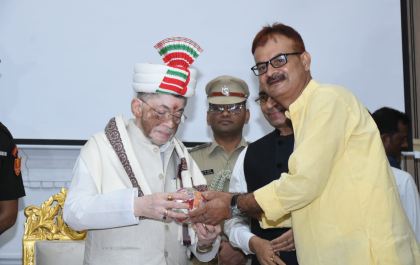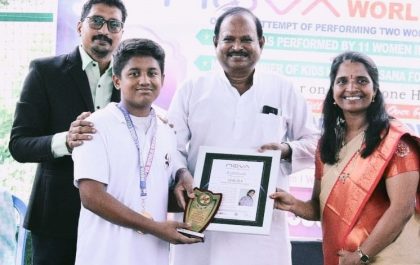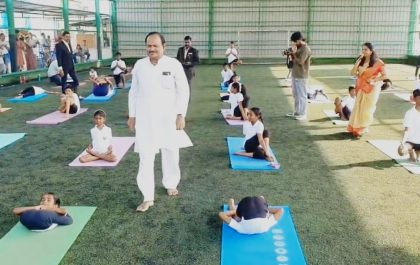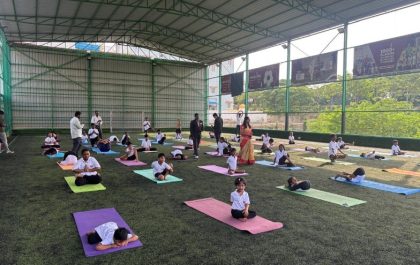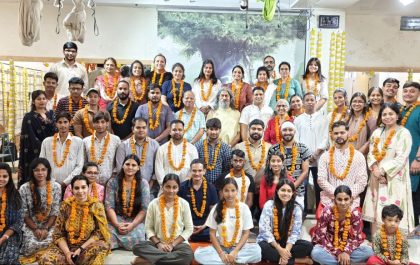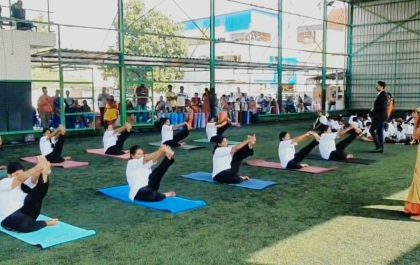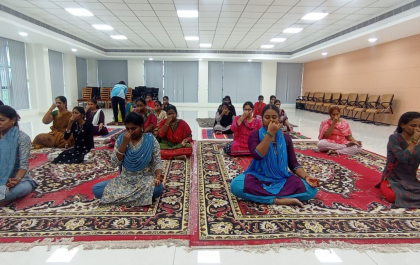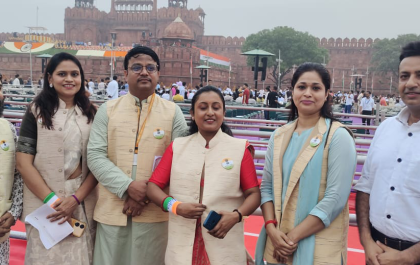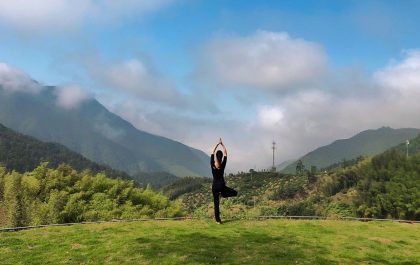Research is extremely important to support different approaches to health care. In the recent past, Yoga has been gaining lot of attention as Yoga Institutes, reseachers, scholars have started offering substantive clinical research evidence. In this issue, Indian Yoga Association brings to you the Research Papers published by our Member Institutes and other Institutes or individuals on Yoga and Pranayama
International Centre for Yoga Education and Research
A Comparative Study of the Effects of Asana, Pranayama and Asana-Pranayama Training on Neurological and Neuromuscular Functions of Pondicherry Police Trainees

Author: Madanmohan Trakroo, Ananda Balayogi Bhavanani, Gopal Krushna Pal, Kaviraja Udupa and N Krishnamurthy
Published In: Indian Journal of Yoga
Published On: 2013
Abstract: Though neurological benefits of yoga training have been reported, lacunae still exists in understanding neurophysiological effects of such training. Hence, the present study was conducted to find the effect of yogasanas and pranayams on neurological and neuromuscular functions in healthy human volunteers and also determined differential effects of training in asan, pranayama and their combination.
Eighty male trainees from Pondicherry Police Training School were randomly divided into asan, pranayama, and asan-pranayama groups who received a training of 4 days a week for 6 months and a control group. Electroencephalogram (EEG), nerve conduction (NC), electromyogram (EMG), visual evoked potentials (VEP), and auditory reaction time (ART) were recorded before and after the study period. NC, EMG, and VEP data were obtained from 28 subjects; EEG data from 48 subjects; and RT from 67 subjects. Intergroup differences were assessed by AVOVA/Kruskal–Wallis and intragroup differences by Student’s t-test
Police trainees showed beneficial effects of yoga training, although they were undergoing intensive police training and the yoga training was relatively less intense. Alpha, theta, and total power of EEG increased as a result of asan training. A shortening of visual reaction time and a decrease in red-green discriminatory reaction time signifies an improved and faster processing of visual input. They also showed a decrease in resting EMG voltage, signifying better muscular relaxation following pranayama training. Beta, theta and total power of EEG increased. ART and red-green discriminatory reaction times decreased in the trainees, signifying a more alert state as well as improved central neural processing. A combination of asan and pranayama training for 6 months produced an improvement in motor and sensory nerve conduction. Total power of EEG, alpha and theta power as well as delta % increased, while reaction time decreased signifying an alert and yet relaxed state of the neuromuscular system.
The present study has shown that 6 months training in asan, pranayama as well as their combination is effective in improving physiological functions of police trainees. They showed beneficial effects of yoga training, although they were undergoing intensive police training and the yoga training was relatively less intense. Hence, we recommend that yoga training be introduced in police training curricula.
Kaivalyadhama

Influence of Pranayama on Breath Holding Capacity and Reaction Time of Junior State Level Elite Swimmers
Author: Tusharkanti Bera, Kanchan Chourasia, Sanjay Uddhav Shete, Anita Verma
Published In: Yoga Mimamsa
Published On: 2017
Abstracts: Sport like swimming requires maximum accuracy in style, fitness, skill and training. Moreover, the swimmers must possess a better reaction time as well as breath holding capacity that saves time for exhibiting best performance. It is thought that regular practice of kumbhaka phase of pranayama may improve swimmers’ breath holding capacity and reaction time. Since literature is silent about this concept, the present investigation was carried out.
Thirty male state level swimmers (n = 30), age: 16-18 years, volunteered in this study. This experiment considered a single group design, where all the selected subjects were assessed for two variables viz., reaction time and breath holding capacity at the baseline (i.e., 1st test or pre-test). Further, after a 6-week of swimming practice (1½ hours daily in the afternoon), the variables were re-tested (i.e., 2nd test or mid-test). After the 2nd test was over, all the subjects underwent 6 weeks of combined practice (i.e., swimming followed by pranayama) for 1½ hours daily in the morning. Finally, the subjects were assessed for the selected variables (i.e., 3rd test or posttest).
Repeated measures ANOVA followed by Newman-Kuels post hoc test was employed to record influence of pranayama practices on the variables. The results revealed that swimming plus pranayama training leads to significant increase in breath holding capacity whereas reduction in reaction time. Pranayama practice leads to significant improvement in breath holding capacity and reaction time of swimmers.
Patanjali Research Foundation
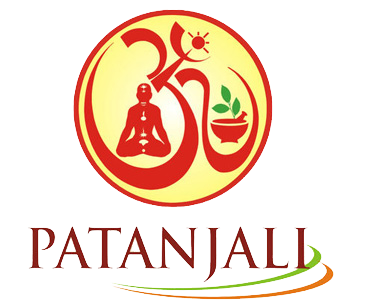
Effect of Yoga or Physical Exercise on Physical, Cognitive and Emotional Measures in Children: A Randomized Controlled Trial
Author: Shirley Telles, Nilkamal Singh, Abhishek Kumar Bhardwaj, Ankur Kumar & Acharya Balkrishna
Published In: Child and Adolescent Psychiatry and Mental Health
Published On: November 5, 2013
Abstract: The present randomized controlled trial assessed the effects of yoga or physical exercise on physical fitness, cognitive performance, self-esteem, and teacher-rated behavior and performance, in school children. 98 school children between 8 to 13 years were randomized as yoga and physical exercise groups {n = 49 each; (yoga: 15 girls, group mean age 10.4 ± 1.2 years), (physical exercise: 23 girls, group mean age 10.5 ± 1.3 years)}. Both groups were blind assessed after allocation, using: (i) the Eurofit physical fitness test battery, (ii) Stroop color-word task for children, (iii) Battle’s self-esteem inventory and (iv) the teachers’ rating of the children’s obedience, academic performance, attention, punctuality, and behavior with friends and teachers. After assessments the yoga group practiced yoga (breathing techniques, postures, guided relaxation and chanting), 45 minutes each day, 5 days a week. During this time the physical exercise group had jogging-in-place, rapid repetitive movements and relay races or games. Both groups were assessed at the end of 3 months. Data were analyzed with RM ANOVA and post-hoc tests were Bonferroni adjusted.
There was one significant difference between groups. This was in social self-esteem which was higher after physical exercise compared to yoga (p < 0.05). All the changes reported below are based on after-before comparisons, within each group. Both groups showed an increase in BMI, and number of sit-ups (p < 0.001). Balance worsened in the physical exercise group, while plate tapping improved in the yoga group (p < 0.001). In the Stroop task both groups showed improved color, word- and color-word naming (p < 0.01), while the physical exercise group showed higher interference scores. Total, general and parental self-esteem improved in the yoga group (p < 0.05).
Yoga and physical exercise are useful additions to the school routine, with physical exercise improving social self-esteem.
Swami Vivekananda Yoga Anusandhana Samsthana (SVYASA)
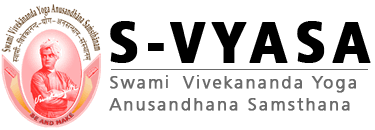
Effect of Yoga on Sleep Quality and Neuroendocrine Immune Response in Metastatic Breast Cancer Patients
Author: Raghavendra Mohan Rao, HS Vadiraja, R Nagaratna, K S Gopinath, Shekhar Patil, Ravi B Diwakar, HP Shahsidhara, BS Ajaikumar, HR Nagendra
Published On: 2017
Published In: Indian Journal of Palliative Care
Abstract: Studies have shown that distress and accompanying neuroendocrine stress responses as important predictor of survival in advanced breast cancer patients. Some psychotherapeutic intervention studies have shown have modulation of neuroendocrine-immune responses in advanced breast cancer patients. In this study, we evaluate the effects of yoga on perceived stress, sleep, diurnal cortisol, and natural killer (NK) cell counts in patients with metastatic cancer.
In this study, 91 patients with metastatic breast cancer who satisfied selection criteria and consented to participate were recruited and randomized to receive “integrated yoga based stress reduction program” (n = 45) or standard “education and supportive therapy sessions” (n = 46) over a 3 month period. Psychometric assessments for sleep quality were done before and after intervention. Blood draws for NK cell counts were collected before and after the intervention. Saliva samples were collected for three consecutive days before and after intervention. Data were analyzed using the analysis of covariance on post-measures using respective baseline measure as a covariate.
There was a significant decrease in scales of symptom distress (P < 0.001), sleep parameters (P = 0.02), and improvement in quality of sleep (P = 0.001) and Insomnia Rating Scale sleep score (P = 0.001) following intervention. There was a decrease in morning waking cortisol in yoga group (P = 0.003) alone following intervention. There was a significant improvement in NK cell percent (P = 0.03) following intervention in yoga group compared to control group.
The results suggest modulation of neuroendocrine responses and improvement in sleep in patients with advanced breast cancer following yoga intervention.
Disclaimer: The Research Papers have been selected by the Yogavani Content Team from a Google search for ‘Yoga and Pranayama’
